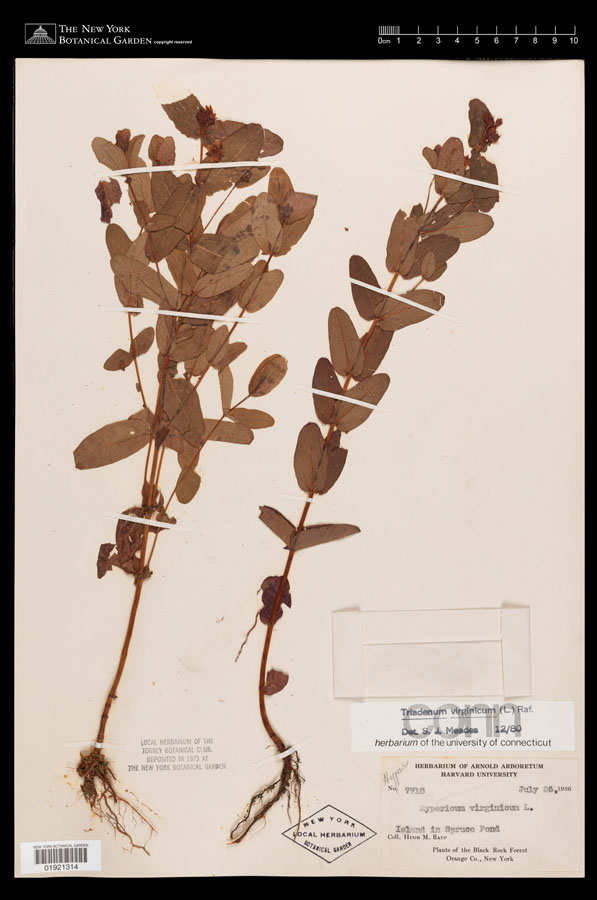America’s First Female Botanist
Posted in Nuggets from the Archives on March 5, 2014 by Nicole Tarnowsky
Nicole Tarnowsky is Administrative Curator of the William and Lynda Steere Herbarium at The New York Botanical Garden. Each Wednesday throughout Women’s History Month, Science Talk will celebrate one of the many women of science to have left a mark on botanical history.
Highly respected among her male peers in the 18th century, Jane Colden received great accolades and is generally recognized as the first female American botanist. Yet she went largely unnoticed by the greater scientific community for well over a century after her death.

Born in New York City in 1724, she grew up in the Hudson Valley on the estate of her father, Cadwallader Colden, who was a lieutenant governor of New York. The area was then called Coldenham, but we would recognize it as a region just west of Newburgh in Orange County, New York.
Colden was taught by her father, who was also a physician and scientist, to study plants using the system of scientific classification and nomenclature devised by the Swedish botanist Carolus Linnaeus, which is still the basis for naming and describing species today. In that era, women were not taught Latin, so her father translated Linnaeus’ Genera Plantarum into English for her.
Between 1753 and 1758, she compiled a manuscript that included original descriptions and illustrations for 341 plants in the Coldenham region, including one scientifically published in 1756 as Gardenia. Colden named it after a friend, the botanist Alexander Garden. Unfortunately, the fragrant flower we know as Gardenia had already claimed this name, making Colden’s invalid. Linnaeus later described Colden’s plant as Hypericum virginicum.

Still, her work on New York plants was highly praised. English scientist Peter Collinson wrote to Linnaeus in 1758: “As this accomplished lady is the only one of the fair sex that I have heard of, who is scientifically skillful in the Linnaean system, you, no doubt, will distinguish her merits, and recommend her example to the ladies of every country.”
Jane Colden died in childbirth in 1766. Her life as a botanical forerunner did not come to light until 1895, when James Britten published her biography, “Jane Colden and the Flora of New York” in the Journal of Botany, British and Foreign.

